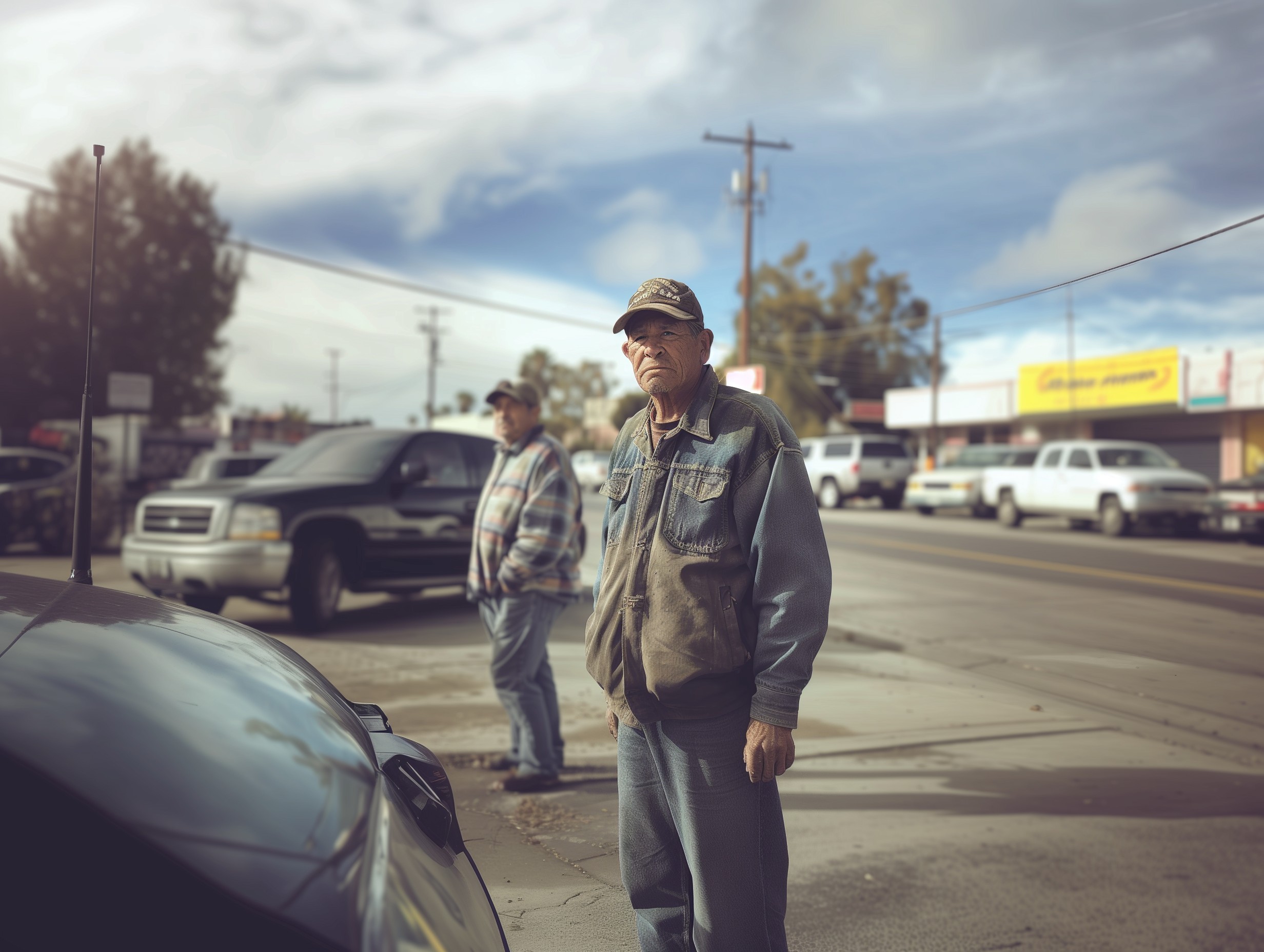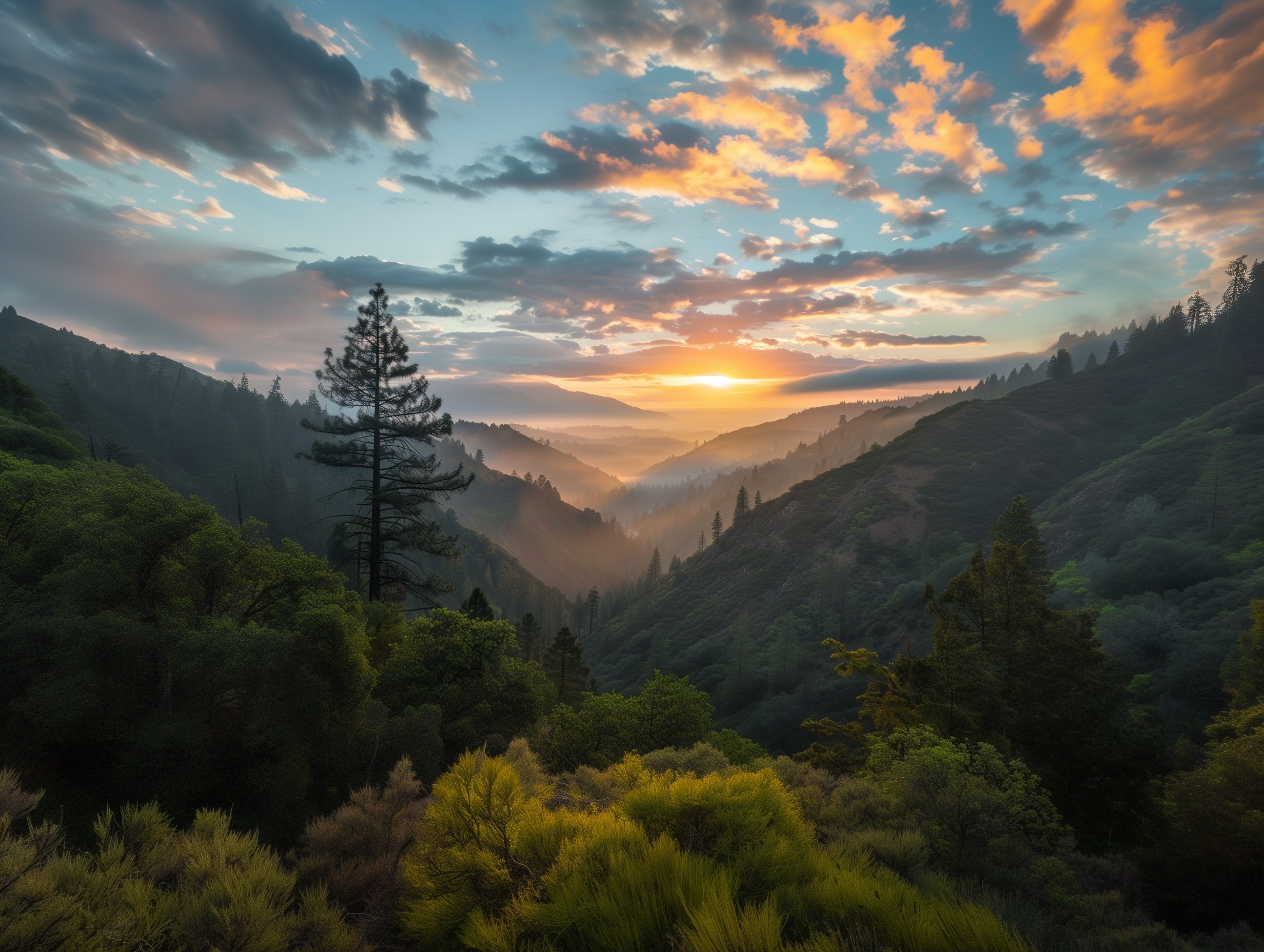Oceanographers detect Fukushima Radiation in Pacific Ocean off California’s Coast
Isotopes linked to Japan's wrecked Fukushima nuclear plant have been found by oceanographers off the California's coast. The level detected is much lower than the one that can pose a measurable health risk, but still it is a matter of concern.
This radiation was detected by the volunteer ocean monitors when they collected the samples about 100 miles (160 kilometers) west of Eureka, California. The samples were collected last August by ocean water volunteers aboard a research vessel from the Moss Landing Marine Laboratory in Monterey County.
These were then tested by the Massachusetts-based Woods Hole Oceanographic Institution. On its website, the institute reported that the samples tested positive for trace amounts of the isotope cesium-134. These findings by the Woods Institute confirmed a report that was released last February by Canadian scientists. This report too found similar faint traces of radioactivity in the ocean off British Columbia.
Ken Buesseler, Woods Hole oceanographer, in a release said that Tokyo Electric Power Co.'s Fukushima Dai-Ichi plant has been releasing "unprecedented levels" of radioactivity after the nuclear disaster at the plant on 11 March 2011. This disaster resulted in a meltdown of three of the plant's six nuclear reactors.
All this failure had occurred when the plant was hit by a tsunami that was triggered by the magnitude 9.0 T? hoku earthquake. Because of this, the plant began releasing substantial amounts of radioactive material on March 12 and made this accident the largest nuclear incident since the Chernobyl disaster.
Scientists count levels of radioactivity in units called becquerels. When Ken Buesseler and his colleagues first reported radioactivity in the water off Fukushima, they counted tens of millions of becquerels in a single cubic meter of water. The team reported that radioactivity in water off Eureka measured only 2 becquerels per cubic meter. Buesseler stated that this level is 1,000 times lower than levels that the US Environmental Protection Agency considers safe in drinking water.


